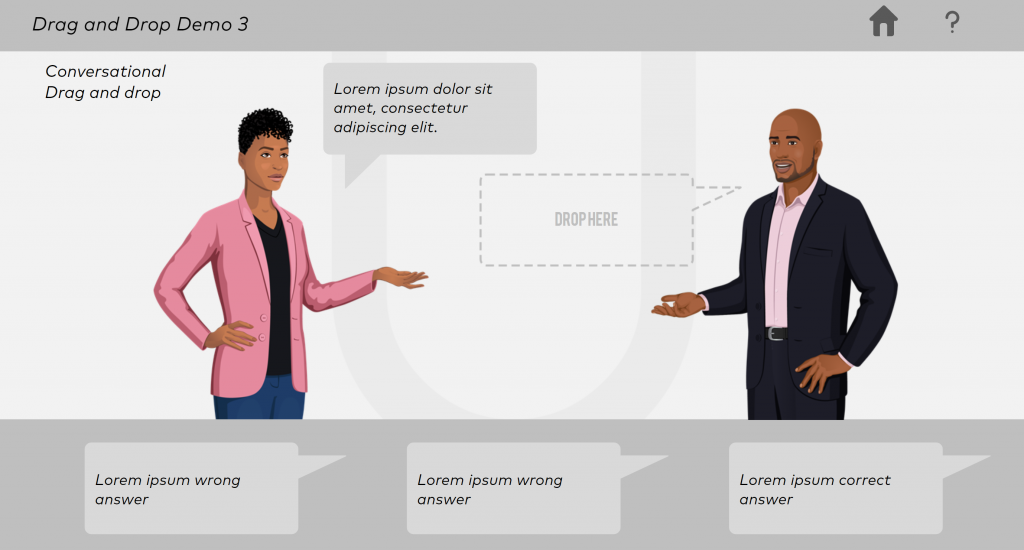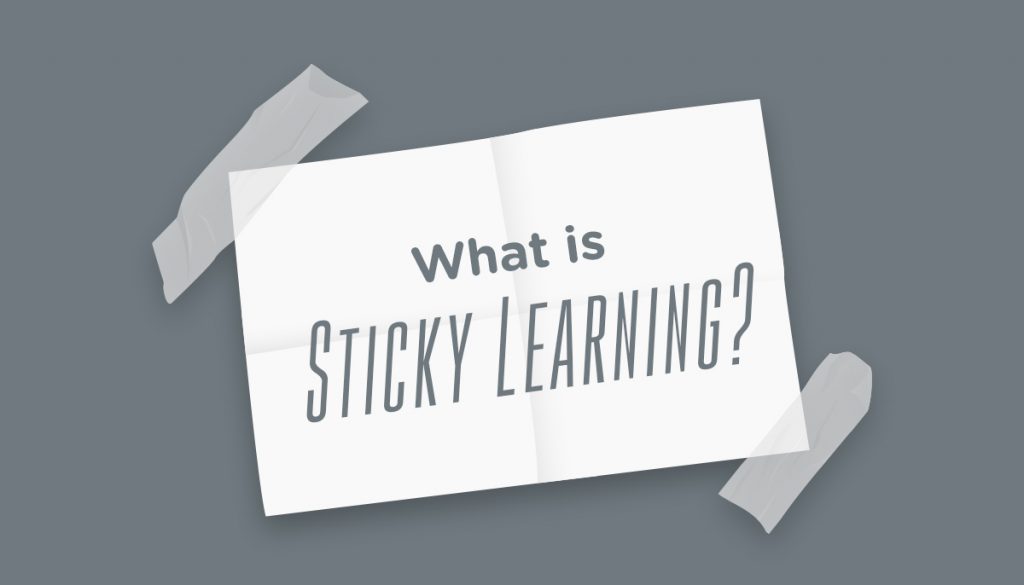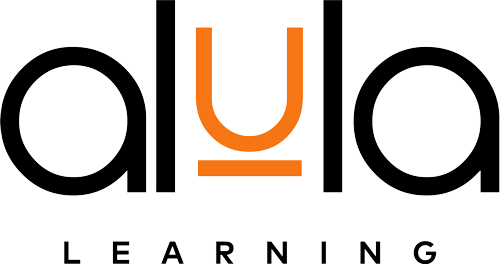Supporting Remote Work With Your LMS

I speak with people from different lines of work and they have a different conception of what a learning management system is and what exactly it does and how it can help the remote work style. Well, your number 1 eLearning evangelist is, here again, to make it easy to understand. Firstly, what is an LMS? According to share knowledge “A learning management system is a software application that provides the framework that handles all aspects of the learning process – it’s where you house, deliver, and track your training content.” Another definition by Tech Target says “A learning management system (LMS) is a software application or web-based technology used to plan, implement and assess a specific learning process. It is used for eLearning.” From the two definitions above, one thing is constant and that is it’s a platform used for LEARNING. Working from home can be beneficial for employees and businesses alike, especially during emergency situations. Companies can continue serving their clients while keeping their team members safe, and workers can enjoy greater flexibility. However, there are some challenges remote work comes with, they are: Lack of personal motivation Time management troubles Communication difficulties Loneliness (especially for those that live alone). As someone that loves to engage with people, working from home took a toll on me especially when it seems like “work isn’t going well”. Here are things you can do with your LMS to improve some of these challenges in your organization: Collaboration: An LMS can provide opportunities for interaction on forums or in company-wide activities. For example, a company can use an LMS as a culture-building tool and frequently provide company-wide initiatives that are managed through the LMS. In this way, the LMS can ensure that employees still enjoy human interaction and connection with their colleagues while working from home. Convenient contact: Thanks to online, cloud-based training solutions, reaching groups of employees and individual team members is easy for L&D managers on the LMS. Whether this means giving more group assignments or more forum discussions, encouraging video conferencing sessions or providing interactive training materials, the platform is accessible anytime and anywhere. Team-strengthening activities: Many businesses organize group training sessions. The opportunity to socialize and learn with other people can have an excellent impact on employee satisfaction and productivity. These sessions also provide a chance for employees to realign their daily activities with the company mission. Engaging professional support: Personalized, relevant training activities via the LMS often provide more tangible, engaging, and measurably successful learning experiences. The ensuing boost in skills or knowledge is often accompanied by a mirrored boost in morale, confidence and performance, motivating employees with professional development that supports their success. Tracking and reporting: L&D managers to monitor the ongoing needs of employees. LMS platforms offer significant flexibility for course design so professionals can create tailored instruction for emergency situations. With an LMS, you can address time-sensitive issues and provide helpful guidance that makes a difference precisely when it is needed. Maximizing your LMS while working remotely is not easy work and I know. Here are a few tips to make your work lighter. Use audio-visual communication tools where possible: Chat messages are fast and easy to send, but they can also lead to mistakes and misunderstandings when working remotely. Take advantage of LMS features for video, audio recordings, or other media plugins and tools to relay messages quickly and easily. Encourage healthy competition: One way to keep people motivated is by incorporating gamified content into your learning strategy. For example, grouping individuals into various teams can provide a sense of camaraderie and help employees engage with one another. Using badges, points, or leader boards to recognize achievement can help employees maintain their forward momentum by inspiring self-motivation as well as some friendly competition with colleagues. Confirm attentiveness: Another helpful feature of LMS software is the ability to check that team members are engaging with your training content. Organizations can collect both formal and informal learning data through their LMS in order to track and report on the effectiveness of their L&D programs. Track progress: For eLearning and remote projects, administrators need to stay on top of employee progress. This is more beneficial to you than the learners so you can see how well you’re doing. In summary, you can do more than just upload courses and assessments on your LMS. Get comfortable with using it informally for discussions, instant messaging tools. Add game features to it like leader boards and badges for motivation and watch how people enjoy using the platform. As L&D managers or learning administrators, we should also enjoy good things when we put in such amazing work. If you start seeing positive results don’t hesitate to pour yourself a drink and cheer to health and productivity. If your LMS doesn’t have some of the features and strategies I wrote above feel free to send me an email and we can talk about how to upgrade your LMS to make it more interactive and more useful to your organization. If you don’t have an LMS, kindly send an email to [email protected] and we will respond to you.
Drag and Drop Storyline Template

Drag and drop interactions can give an interesting dynamic to your eLearning content and can be used to help increase learner engagement and improve retention of information through interaction with the screen. Here are three (3) free, interactive and easy-to-customize drag and drop interactions. Conversational drag and drop: This is a good way to do scenario-based testing. Drag into a box: This is a regular type drag and drop. Very good for knowledge checks. Cycle drag and drop: This is a good way to do a step by step knowledge check Click HERE to interact with the demo. You can download this template for free HERE There you have it. If you want to learn more about designing interactive eLearning activities kindly send an email to [email protected] or send me a personal email at [email protected] to discuss how I can create interactive and engaging eLearning.
What is Sticky Learning?

What exactly is Sticky Learning? Have you ever had a random thought about an experience and just smiled because you knew what it meant to you? Have you ever thought about a joke that applied to a real-life scenario and smiled quietly at yourself? Those were sticky experiences! I know some of those random thoughts were gross as well… 😊 ok I’m done with the jokes. The most important thing is that those experiences stuck. Many organisations cannot afford for their employees to forget the knowledge gotten from training resources so the question ‘how can I get my employees to retain all this information?’, like an old joke, comes to mind. The answer is, make it STICKY. What does sticky learning mean? Sticky learning refers to creating memorable learning experiences that learners remember even after a training session is over. Creating learning that sticks means activating the brain for long-term retention. Institutions and organisations alike agree that ‘stickiness’ is something we all want to achieve. Why? Because sticky learning means learners will: Remember what they’ve learned; they created neural pathway connections that they’ll be able to revisit later. Learning will have a lasting impact. Recognize value in the learning experience; they made an emotional connection with the topic and recognize how the training’s value proposition applies to their work performance. ‘Get it’; they practiced what they learned, and will begin using their new skills and knowledge on the job right away. How do I design sticky learning? Here are a few tips I and the team at Alula learning use. Address motivations with pre-training: Let me explain this with a story. So we started consulting for an organisation and one of the problems was that the employees didn’t really like taking the courses until it was attached to their KPIs. I asked him to show me the eLearning courses they had been taking and wow! I as well would be unmotivated to take such a course. It wasn’t interactive and showed little engagement, it didn’t have good graphics or anything relatable aside from the content. We got the job and I assured him we were going to solve the problem. The first thing we did was to cause a “Buzz”. This is one of my favourite tactics when addressing motivation. We created a short video addressing the course and made a relatable scenario. It was very well-received and the Head of Learning called to tell me how excited the team was for the course. So there you have it. Previews, sneak peeks, announcements and buzz are good to address pre-training motivation. Keep on reinforcing: Our brains learn best by doing. According to the learning pyramid, 75% of what you learn is retained when you do them. Sticky learning builds in the necessary spacing, practice, and reinforcement over time, which adult learners need to build cognition while balancing business needs for effectivity and cost-benefit resources. This is also a reason why we advise microlearning. Microlearning is a sticky learning delivery method. It can be very powerful because the content is chunked, spaced, and reinforced over time. The brain gets boosted and has a chance to recall and build upon the learnings. Reset the forgetting curve (post-training): Learning continues after an online course or physical classroom training. Humans naturally forget more than 70% of what they learned within 24 hours. Transferring only the MOST IMPORTANT information and skills from short to long-term memory is one of the many ways that humans have survived. This means sticky learning needs to reset the brain’s natural forgetting curve after training, to help retain what was learned in long-term memory. You can do this with memory boosts. You can use short quizzes or cognitive ‘nudges’ that strengthen the new connections in the brain, you can also get them to transfer the learning by either teaching a junior colleague or presenting to the larger team. What you do after training is as important as the training. This is why I always advise blended learning so they can have a feel of the training after the training. Utilize social learning: Now to my favourite. We learn by engaging and interacting with others and with the content we’re learning. According to a study done by Degreed, it states that 55% of employees turn to their peers when they want to learn a new skill. This is why many good Learning Management Systems offer social learning functionality, or why a good learning technologist can work with you to integrate your learning delivery platform with other social platforms your company is already using. Knowledge bases and forums are useful online tools that organizations can use to support social learning, but you can also do it in person through internal communications, social committee events, or town-hall events. Many organizations aren’t leveraging the power of social learning. If you have a communications team, intranet, social committee or other groups/interface, use it! Leverage that to support your courses and give learners an opportunity to engage, discuss, and share their insights (and even their dislikes) of a course. There you have it. If you want to learn more about designing sticky learning, kindly send an email to [email protected] or send me a personal mail to [email protected] to discuss how I can make your learning stickier!
Common Myths about Online Education

Unfortunately, online education has a whole lot of false beliefs attached to it.
Here, we will debunk some of those false beliefs.
